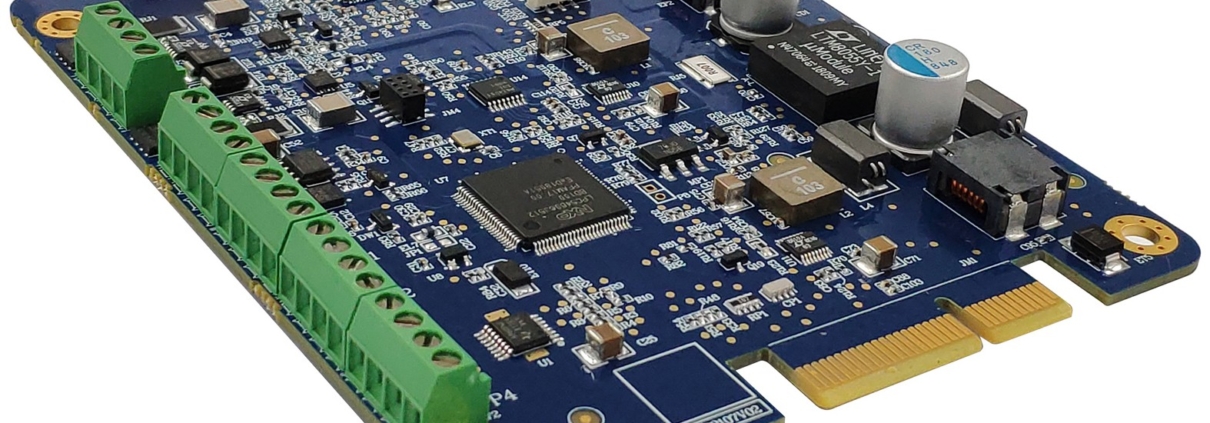What matters need to be paid attention to during wave soldering operations in PCBA processing?
In PCBA processing and production, we often encounter situations where there are a lot of post-soldering materials. At this time, wave soldering is needed for post-soldering processing. So what should we pay attention to during wave soldering operations? Today I will talk to you about wave soldering:
We all know that the wave surface is covered by a layer of oxide scale, which remains almost static along the entire length of the solder wave. During the wave soldering process, the PCB contacts the front surface of the tin wave, and the oxide scale breaks. The tin wave is pushed forward without wrinkles? This shows that the entire oxide scale and PCB move at the same speed.
Generally, in order to avoid poor wave soldering, the following methods can be used: use components/PCBs with good solderability, increase the activity of the soldering flux, increase the preheating temperature of the PCB, increase the wetting performance of the pad, and increase the temperature of the solder. , Remove harmful impurities and reduce the cohesion of the solder to facilitate the separation of the solder between the two solder joints.
Common preheating methods in wave soldering machines: air convection heating, infrared heater heating, heating by a combination of hot air and radiation; wave soldering process curve analysis: the wetting time refers to the time when the wetting starts after the solder joint comes into contact with the solder Time and residence time refer to the time from when a certain solder joint on the PCB contacts the wave crest surface to leaving the wave crest surface. Preheating temperature refers to the temperature reached before the PCB contacts the wave crest surface. Welding temperature refers to the soldering temperature. Important welding parameters. Usually 50°C ~60°C higher than the melting point of the solder (183°C). In most cases, it refers to the temperature of the soldering furnace. The temperature of the PCB solder joints soldered during actual operation is lower than the furnace temperature. This is because the PCB absorbs heat.



